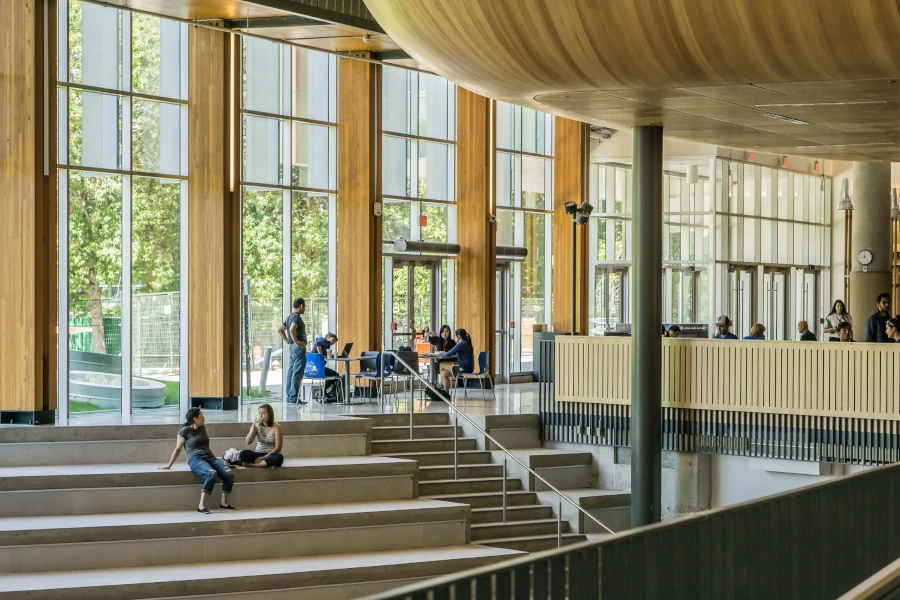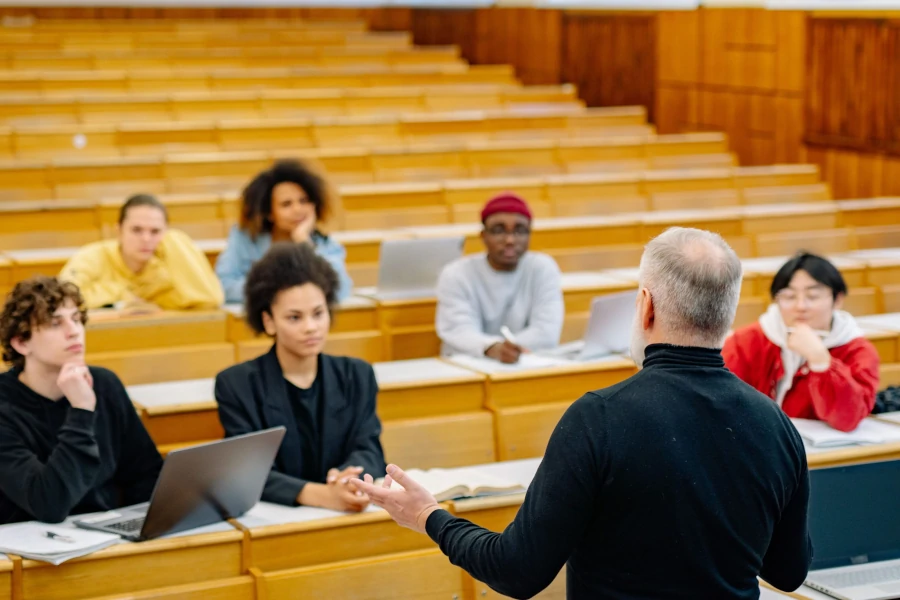Posted on June 2, 2023
In the realm of education, collaboration and partnership have proven to be powerful catalysts for innovation, knowledge sharing, and advancement. One prominent manifestation of such cooperation is the formation of educational consortiums. These consortia, which bring together educational institutions, governments, and other stakeholders, have played a significant role in shaping the landscape of European education.
Origins of Consortiums in Education
The roots of educational consortiums in Europe can be traced back to the post-World War II era. In the aftermath of the war, Europe sought to rebuild and reinvigorate its educational systems. As a response to the challenges of reconstruction, countries began to forge partnerships and collaborate to overcome resource limitations, share expertise, and foster regional integration.
The Erasmus Program
One of the most notable and enduring educational consortiums in Europe is the Erasmus program. Launched in 1987, Erasmus aimed to enhance cooperation and mobility in higher education across European countries. Named after the Dutch philosopher Desiderius Erasmus, the program facilitated student exchanges, staff mobility, and academic collaboration. Over the years, Erasmus evolved into the Erasmus+ program, encompassing a broader range of educational sectors and international partnerships.
European University Alliances
Building upon the success of the Erasmus program, the European Union introduced a new initiative in 2020 known as European University Alliances. This innovative concept brought together higher education institutions from across Europe to form transnational alliances. The primary goal was to foster collaboration, promote innovation in teaching and research, and create a European Higher Education Area. These alliances emphasise interdisciplinary cooperation and offer students and staff increased mobility and access to a wide range of educational resources.
Specialised Consortiums
In addition to broader educational consortiums, Europe has witnessed the emergence of specialised consortiums that focus on specific disciplines or research areas. These consortiums facilitate the sharing of knowledge, resources, and infrastructure among member institutions. Examples include CERN (European Organization for Nuclear Research), which accelerates scientific discoveries in particle physics, and EUMETSAT (European Organisation for the Exploitation of Meteorological Satellites), which collaborates on meteorological data and satellite systems.
National and Regional Consortiums
Apart from transnational initiatives, many European countries have developed their own consortiums at the national or regional level. These consortiums address specific educational challenges, encourage collaboration between universities, and promote research and innovation within their respective territories. Such initiatives often involve joint degree programs, research partnerships, and the sharing of facilities and expertise.
Consortiums in education have had a profound impact on European education systems. They have fostered cross-cultural understanding, encouraged the exchange of best practices, and stimulated innovation in teaching and research. Consortiums have also facilitated the harmonisation of educational standards, increased student and staff mobility, and expanded access to diverse educational opportunities.
The history of consortiums in education in Europe is a testament to the power of collaboration and partnership in advancing educational systems. From the origins of post-war reconstruction to the modern-day initiatives like the European University Alliances, consortiums have provided a platform for knowledge exchange, innovation, and international cooperation. As we move forward, we hope that Digital4Business will become part of the collaborative efforts to further strengthen European education and shape a brighter future for generations to come.







)